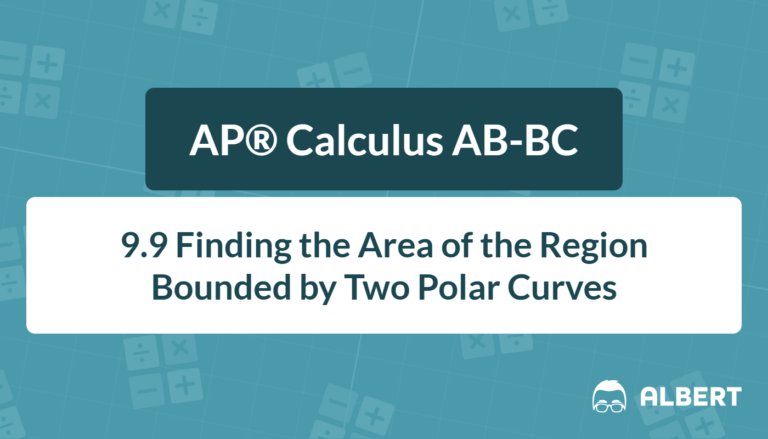
Area Between Two Polar Curves: AP® Calculus AB–BC Review
Polar area problems appear again and again on the AP® Calculus exams because they mix three tested skills: graph reading, integration, and limit setting. Unlike

Polar area problems appear again and again on the AP® Calculus exams because they mix three tested skills: graph reading, integration, and limit setting. Unlike
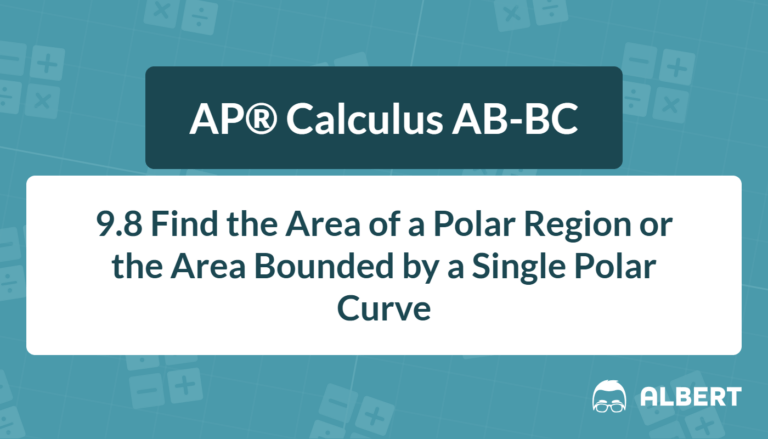
From spiraling galaxies to blooming flowers, many beautiful patterns are easier to describe in polar coordinates than in ordinary x–y form. Therefore, AP® Calculus extends

Picture a factory that mass-produces water bottles. Engineers must know the exact volume inside each curved shape so every customer gets the right amount of

Volumes of revolution appear in several AP® Calculus FRQs. Because of this, understanding the disc and washer method family is vital for exam success. Today’s

Finding the volume of solid of revolution turns a flat picture into a real‐world 3-D shape—exactly the skill the AP® exam loves to test. According
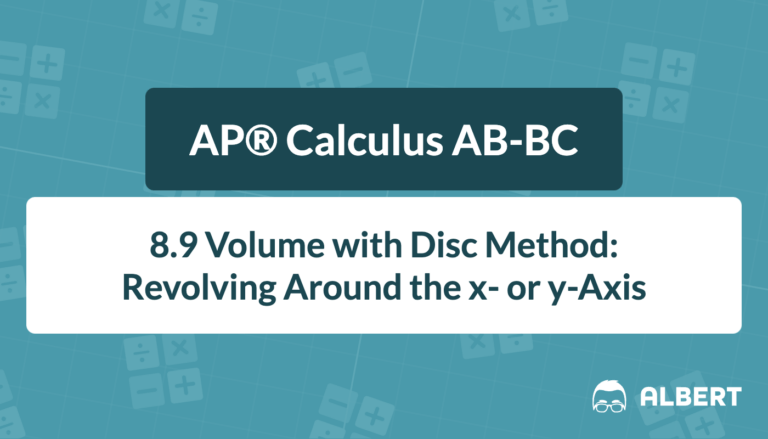
Turning a flat picture into a 3-D object feels like magic. Yet, on the AP® Calculus exams, this “magic” has a name: the disc method
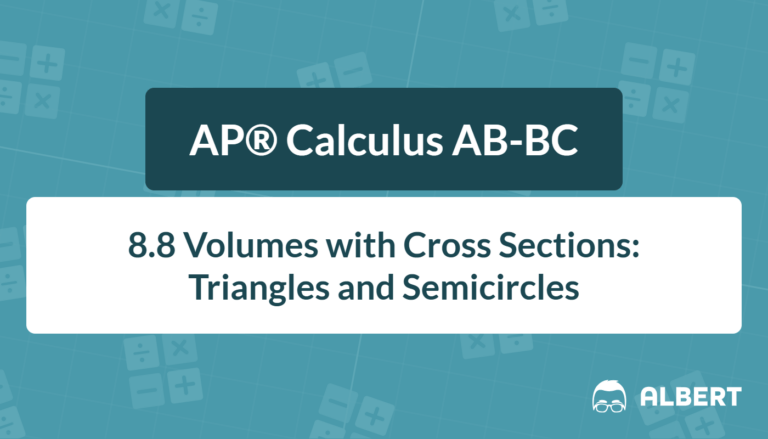
Volumes created by slicing a region and stacking the slices appear often on the AP® Calculus exam. In the Course and Exam Description, these tasks
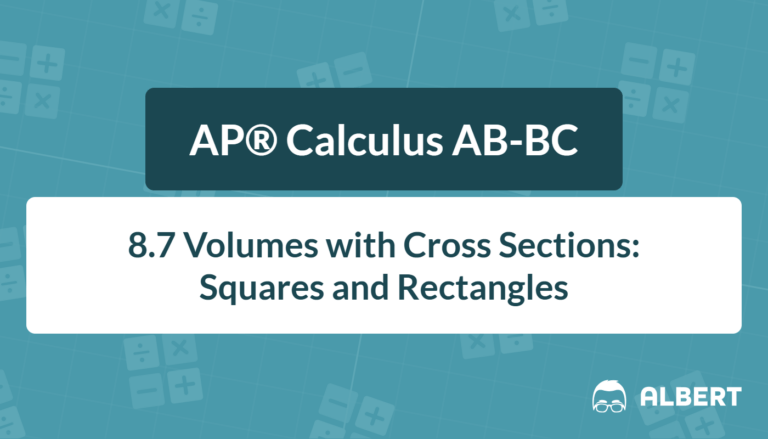
Cross-sectional solids appear in almost every AP® Calculus free-response set. These solids are built by stacking thin slices, and the College Board labels the skill
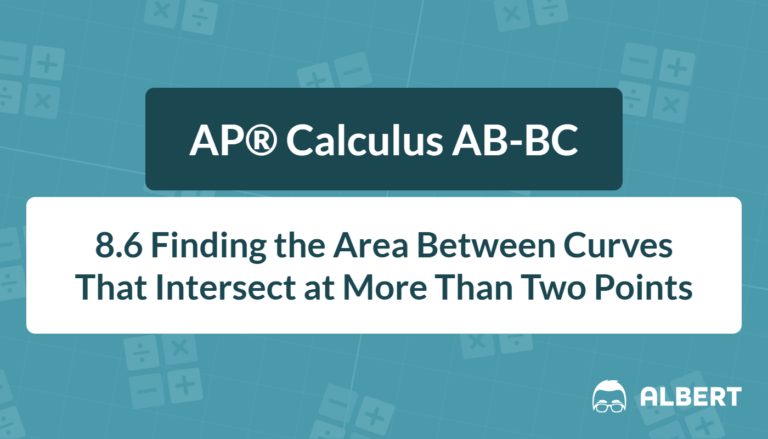
The AP® exams love questions about the area between 2 graphs. These problems appear on both the AB and BC tests because they blend algebra,